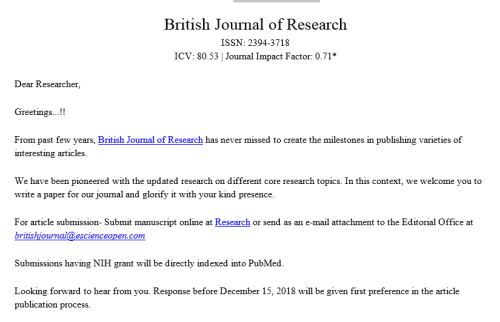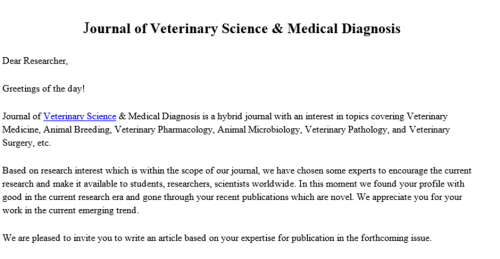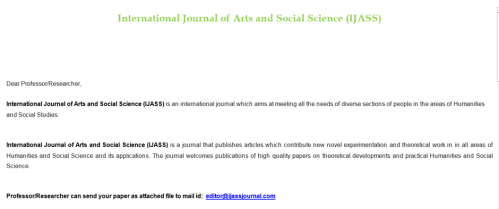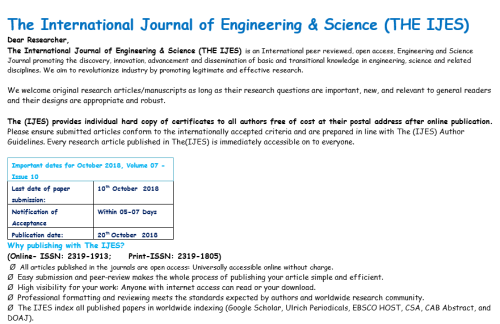“..great variety of cados worms.. “ Thomas Mouffet (1658) Theatorum Insectorum

Adult Limnephilus caddisfly perched on top of its case-bearing larva.
Despite aphids being my favourite insect group, I have had rather a soft spot for caddisflies since I was about ten years old when I discovered that if I very carefully removed their larval cases and provided them with coloured sand, they would spin a technicoloured replacement 😊

A variety of caddis cases
I have, in the intervening years, moved on somewhat from those early experiments and largely left the wonderful world of freshwater entomology behind, except when I take students pond-dipping and give my once a year lecture on aquatic insects. I’m not going to say much about caddisflies because I am not an expert, but for those of you not overly familiar with these fascinating insects a little bit of background information may be useful. Unless you are a caddisfly specialist most people don’t give them much thought and if they do know anything about them, it is probably limited to the fact that they are aquatic and live inside a case.
Most people probably wouldn’t recognise an adult caddisfly if they saw one and in my experience those people who do notice them, usually think they are some sort of moth. This is actually a sensible guess as evolutionarily speaking Lepidoptera (moths and butterflies) and Trichoptera (caddisflies) are very closely related and are in the same Superorder, the Amphiesmenoptera. Trichoptera literally translates as hairy wings, Lepidoptera as scaly wings and many adult caddisflies do look remarkably similar to micro-moths so it is an easy mistake to make.

Spot the difference – caddisflies on the left, Lepidoptera on the right
The majority of caddisflies have aquatic larvae, although a few have become completely terrestrial and spend their lives foraging in damp leaf litter and hiding in bark crevices.

Wingless female of the terrestrial caddisfly Enoicyla pusilla; doing her best to not look like a caddisfly. http://www.wbrc.org.uk/worcrecd/33/Green_Harry_7–Westwood_Brett–Sightings_of_adult_.html

Very generalised life cycle of a caddisfly. The eggs are laid in water, on aquatic vegetation or nearby trees. On hatching, the larvae go through several (usual five) moults before pupating and the adults emerge in spring or early summer.
Caddisflies are probably the most successful of the aquatic insects. Data from stream surveys frequently list as many species of Trichoptera, or caddisflies, as species of Ephemeroptera (Mayflies), Odonata (dragon and Damselflies) and Plecoptera (Stonefleis) combined (Mackay & Wiggins, 1979). Their success can be put down to their use of silk and ability to exploit a range of different aquatic habitats. They can be described as lotic, those that live in running water, i.e. streams and rivers, or lentic, those that live in ponds and lakes. Some of the ‘ponds’ can be very temporary, puddles for example, or contained in plants, e.g. Bromeliads. Those that live in running water are well supplied with fresh aerated water, but those living in ponds and pools have to make their own currents to pass ‘fresh’ water over their gills, to avoid suffocating.
Sedentary caddis larvae live in fixed shelters and use silk ‘fishing nets’ to catch their food. If they live in fast flowing streams, their nets are coarse and tight. Those living in slow flowing streams use baggy fine-grained nets.

Caddisfly fishing net https://www.flickr.com/photos/janhamrsky/5979065987/in/photostream/
Some caddisfly larvae are free-living foragers with portable cases. They also use silk, leaving a thread behind them, just as many other insects do, to attach themselves to the substrate so they are not floated downstream willy-nilly. If they live in fast flowing streams their cases are streamlined making it easier for them to move against the current and less likely to be swept downstream.
I had originally started this article as a companion piece to my articles on the naming of thrips, aphids, cockroaches, and most recently, ladybirds, so I guess I had better get on with it. The origin of the word “caddis” is unclear, but according to Wikipedia it dates to at least as far as Izaak Walton’s The Compleat Angler (1653), in which “cod-worms or caddis” are mentioned as being used as bait. Thomas Muffet (Moufet) used the term cados worm in his book Insectorum sive Minimorum Animalium Theatrum which was written earlier (he died in 1604) but not published until 1658. The term cadyss was being used in the fifteenth century for silk or cotton cloth, and “cadice-men” were itinerant vendors of such materials, but a direct connection between these words and the insects has not yet been established. What about other languages, what attributes of the caddisfly have non-English speakers latched on to describe these fascinating insects?
Bulgarian – ручейник (rucheinik), which Google Translate will also tell you is rhinoceros 😊
Catalan – Frigànies which also translates as frigates, an indication of the association with water?
Czech – potočníky = stream legs
Dutch – kokerjuffer – the larval form, Schietmotten (pl) Singular: Schietmot – directly translates as shooting moths. Interestingly (or not), dragonfly is waterjuffer.
Finnish – Vesiperhonen – water butterflies, again reflecting the close resemblance to Lepidoptera; Finns call moths night butterflies, yöperhoset
French – Trichoptères – surprisingly not very flowery at all, but the larvae are more satisfyingly described as à fourreau ou porte bois which roughly translates as with a sheath or wooden door
German – die Köcherfliege – also Frühlingsfliege, Fruhlings = spring, fliege = fly, Kocher = quiver as in arrows which given the shape of some of the cases is quite apt and the larvae are known as Köcherfliegenlarven
Icelandic – Vorflugur – Spring fly, reflecting the time of year when most of the adults emerge.
Polish – Chruścik – the wording on the stamp seems to translate as swamp yellow
Portuguese – o mosca d’água, The water fly
Spanish – el frígano similar to the Catalán and perhaps reflecting their association with wáter?
Swedish – Nattsländan –Natt = night and slandan = dragonfly?

Caddis case jewlery – if only I had been a bit more entrepreneurially minded….
And finally, for those of you interested in exotic cuisine, and a non poultry alternative to red meat; in Japan caddisfly larvae are called Zazamushi and eaten as a delicacy. They are so popular that they are commercially farmed (Cesard et al., 2015).
Many thanks to Daniela Atanasova, Gia Aradottir, Hannah Davis, Luisa Ferreira Nunes and Marlies vaz Nunes for help with the Bulgarian, Icelandic, German, Portuguese and Dutch respectively. They are much more reliable than Google Translate.
References
Cesard, N., Komatsu, S. & Iwata, A. (2015) Processing insect abundance: trading and fishing of zazamushi in Central Japan (Nagano Prefecture, Honshū Island). Journal of Ethnobiology and Ethnomedicine, 11:78.
Mackay, R.J. & Wiggins, G.B. (1979) Ecological diversity in Trichoptera. Annual Review of Entomology, 24, 185-208



















